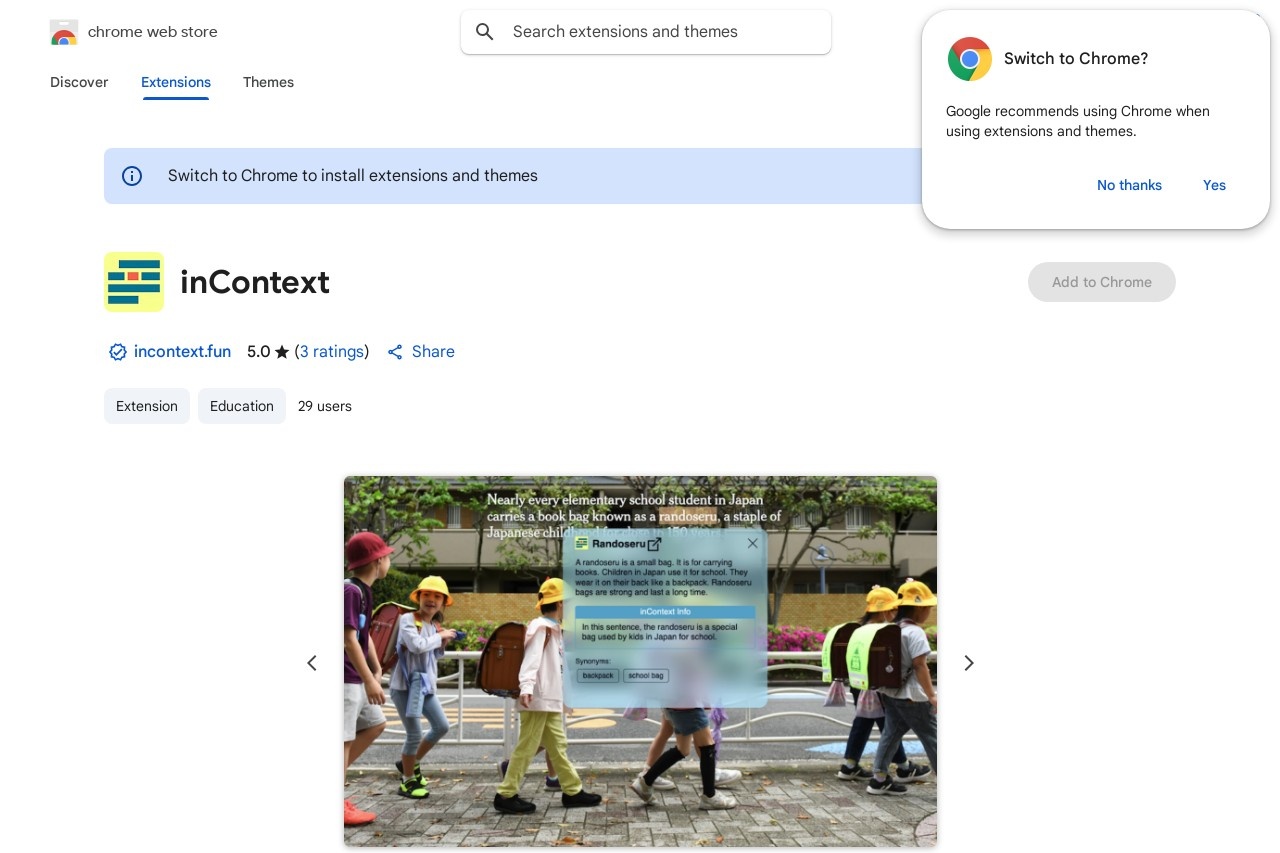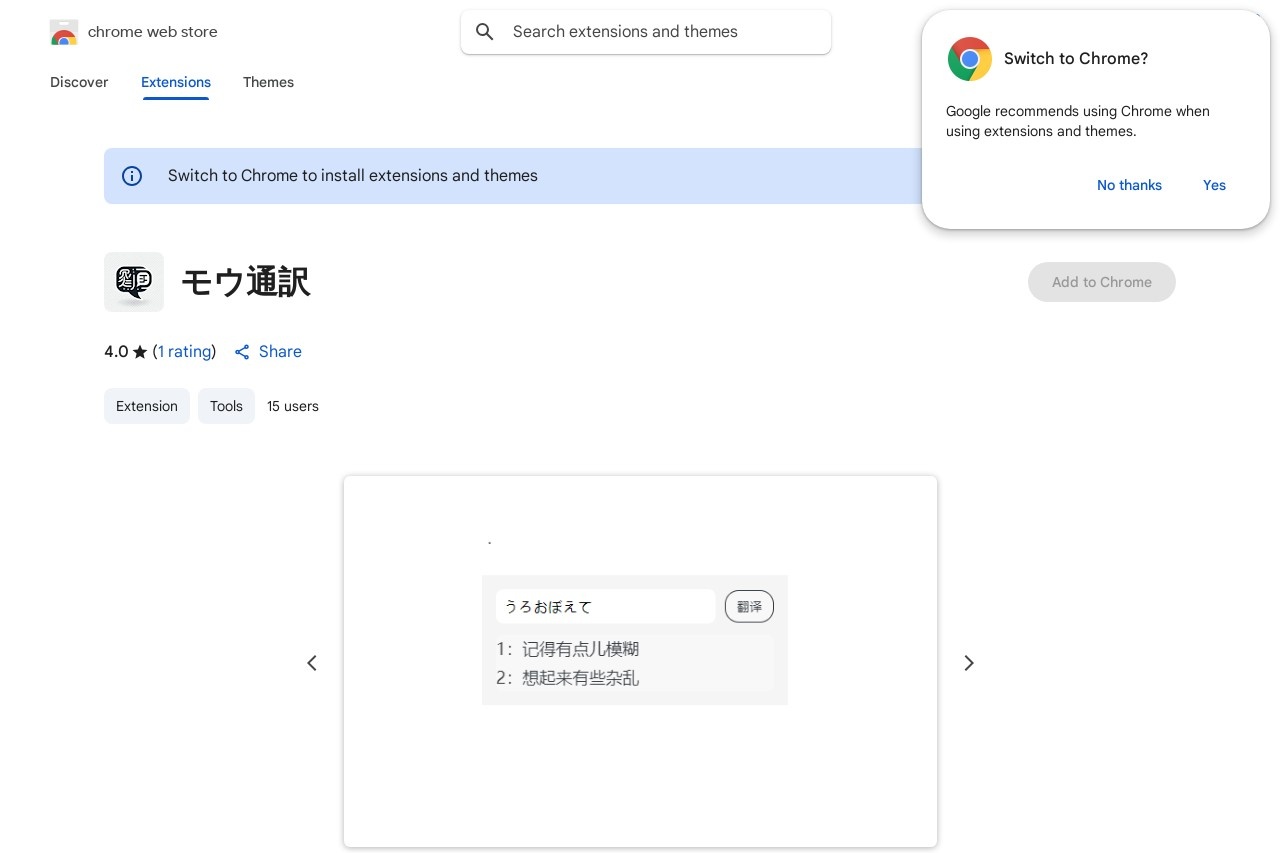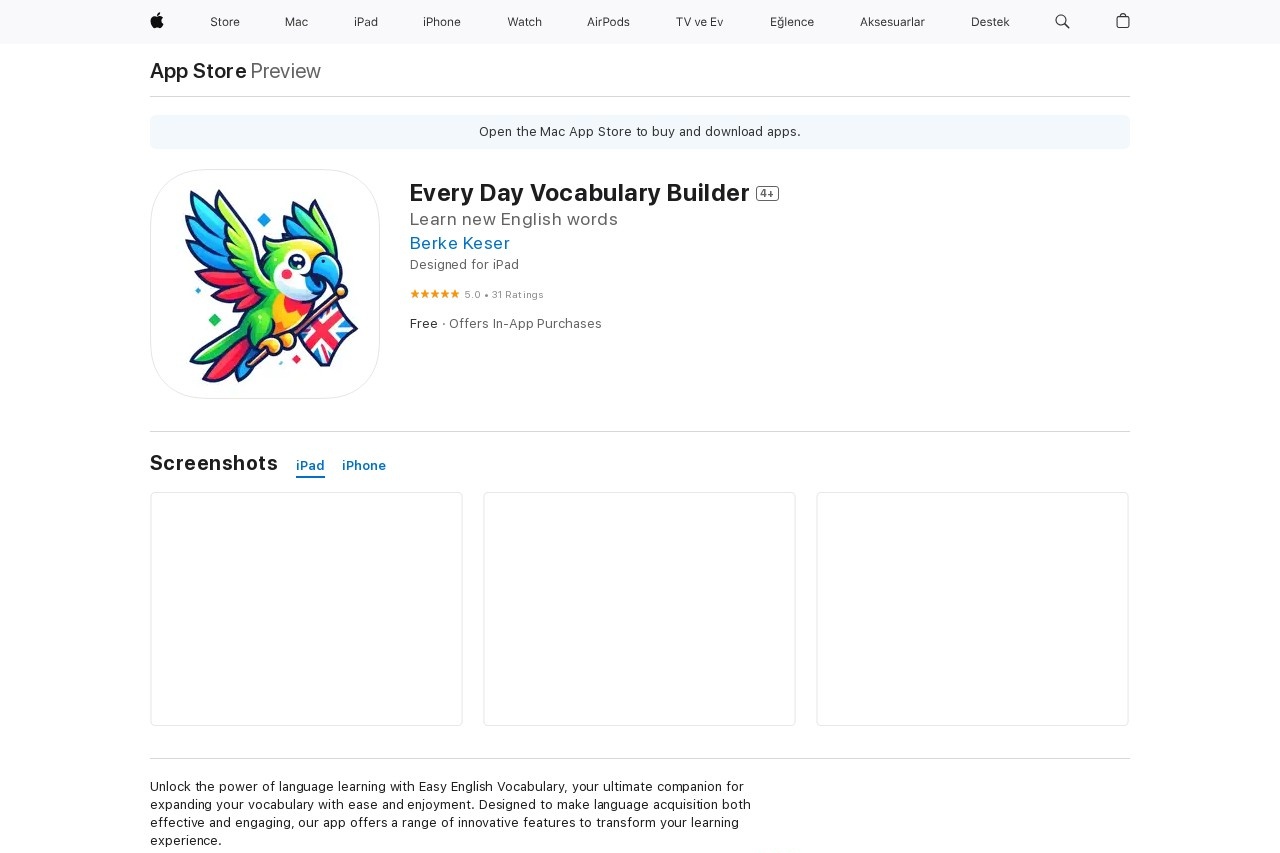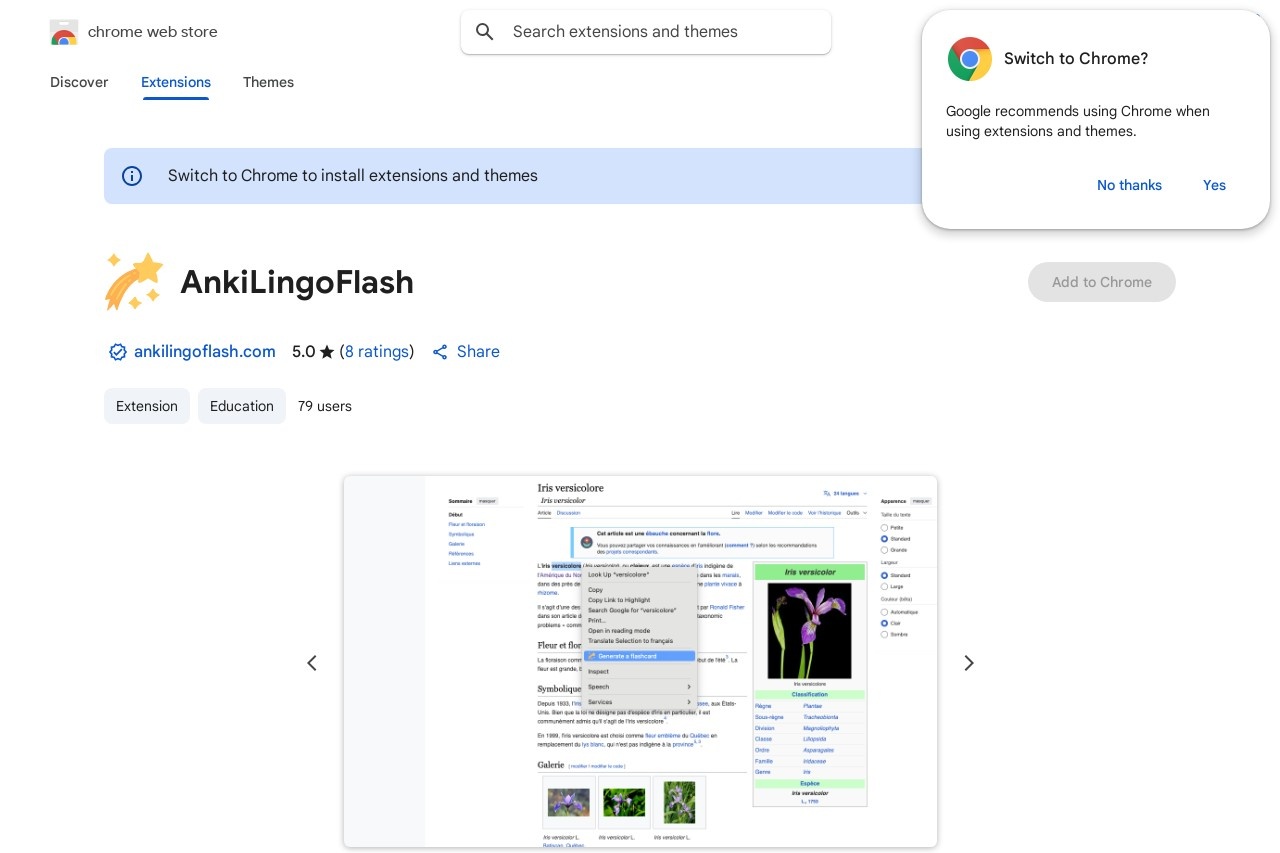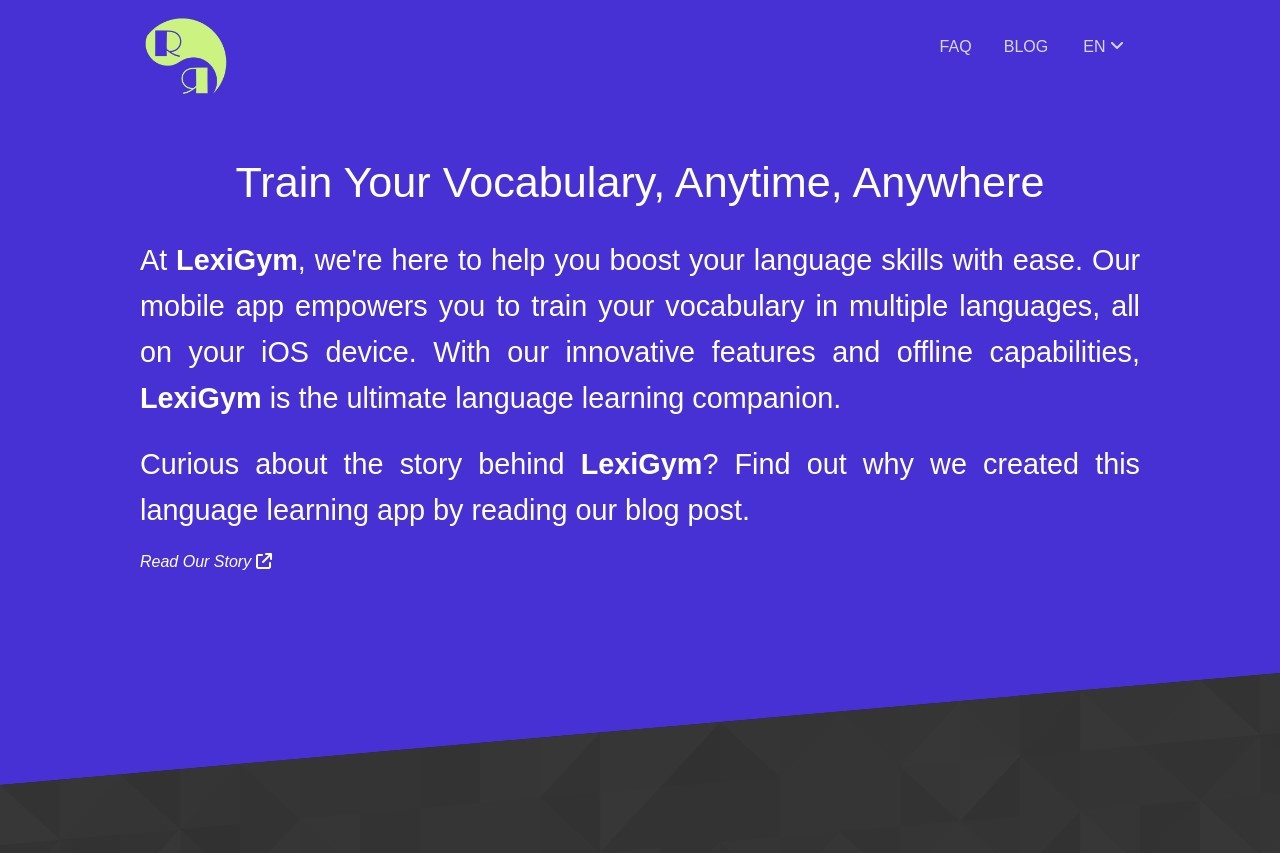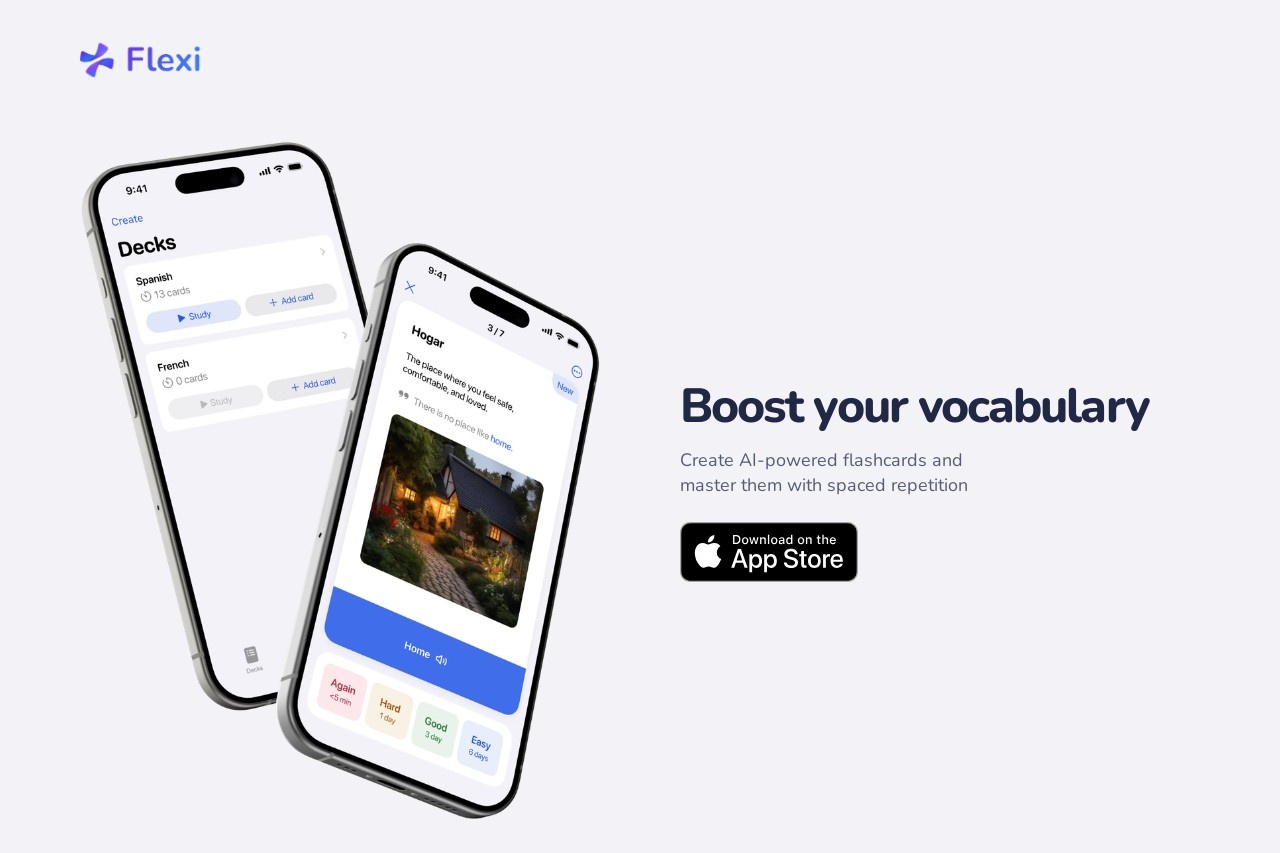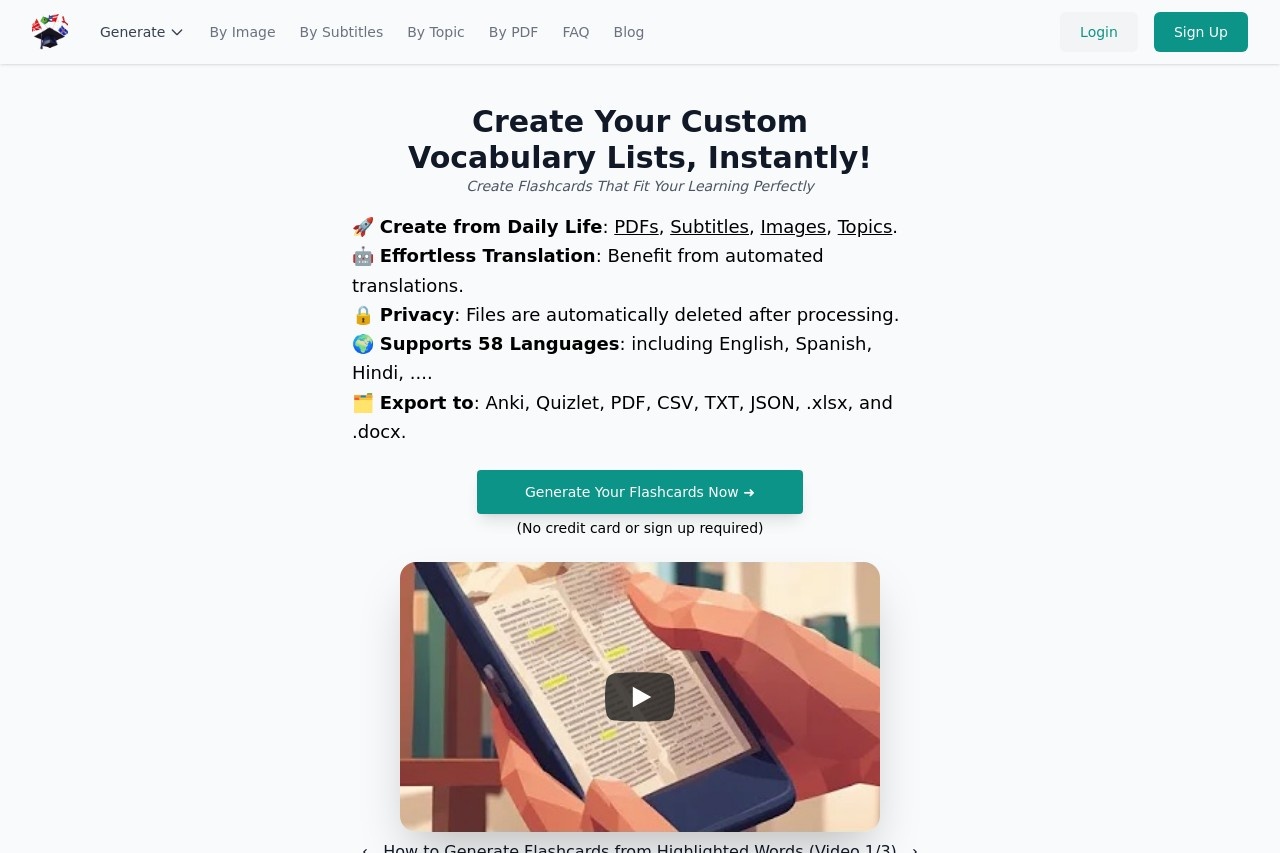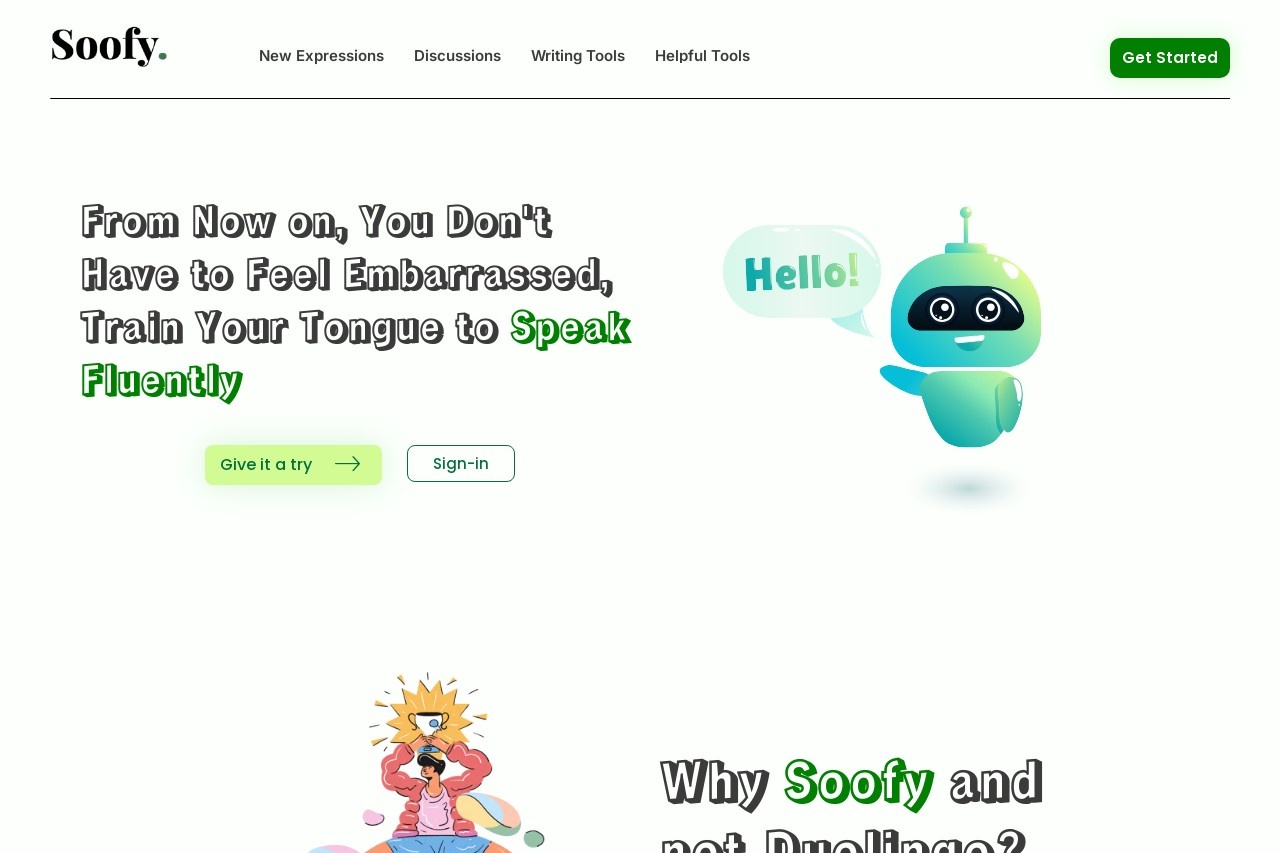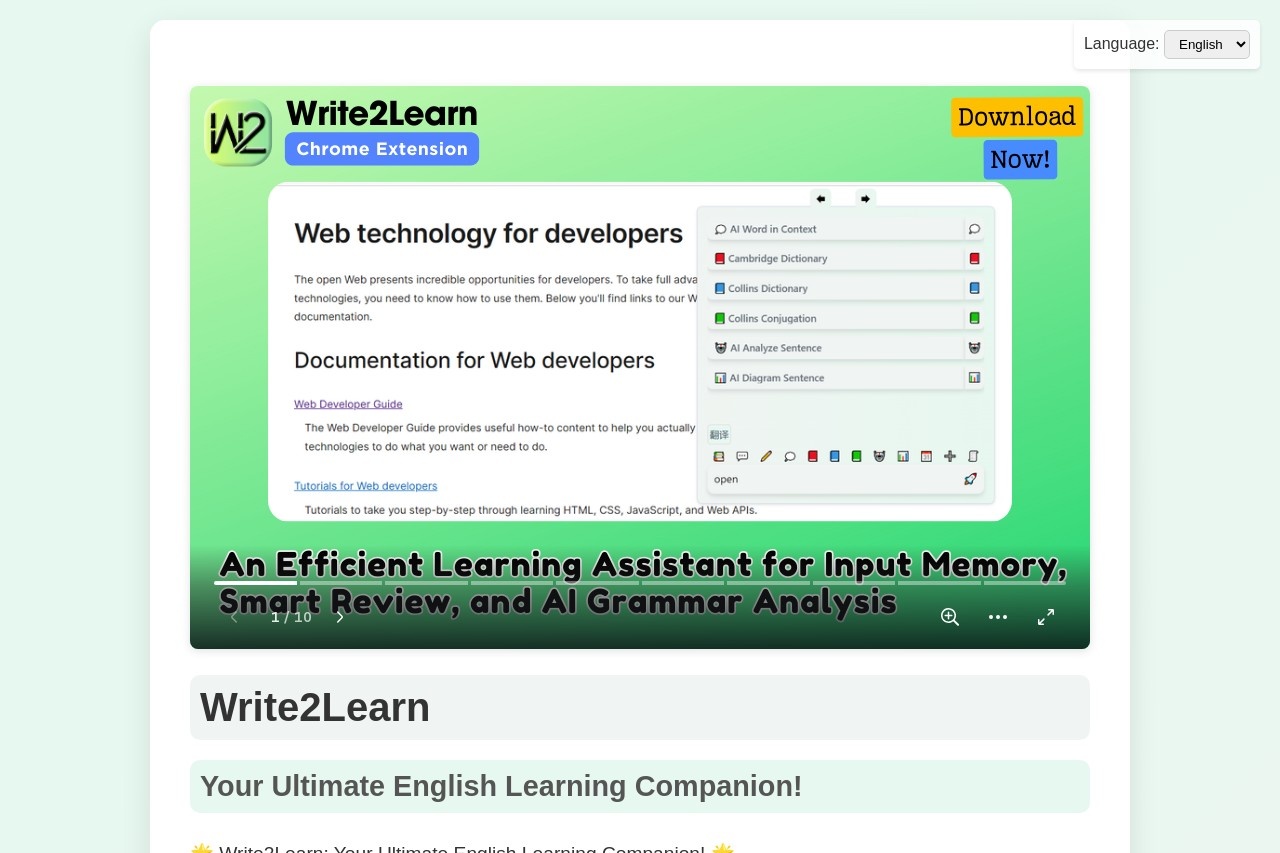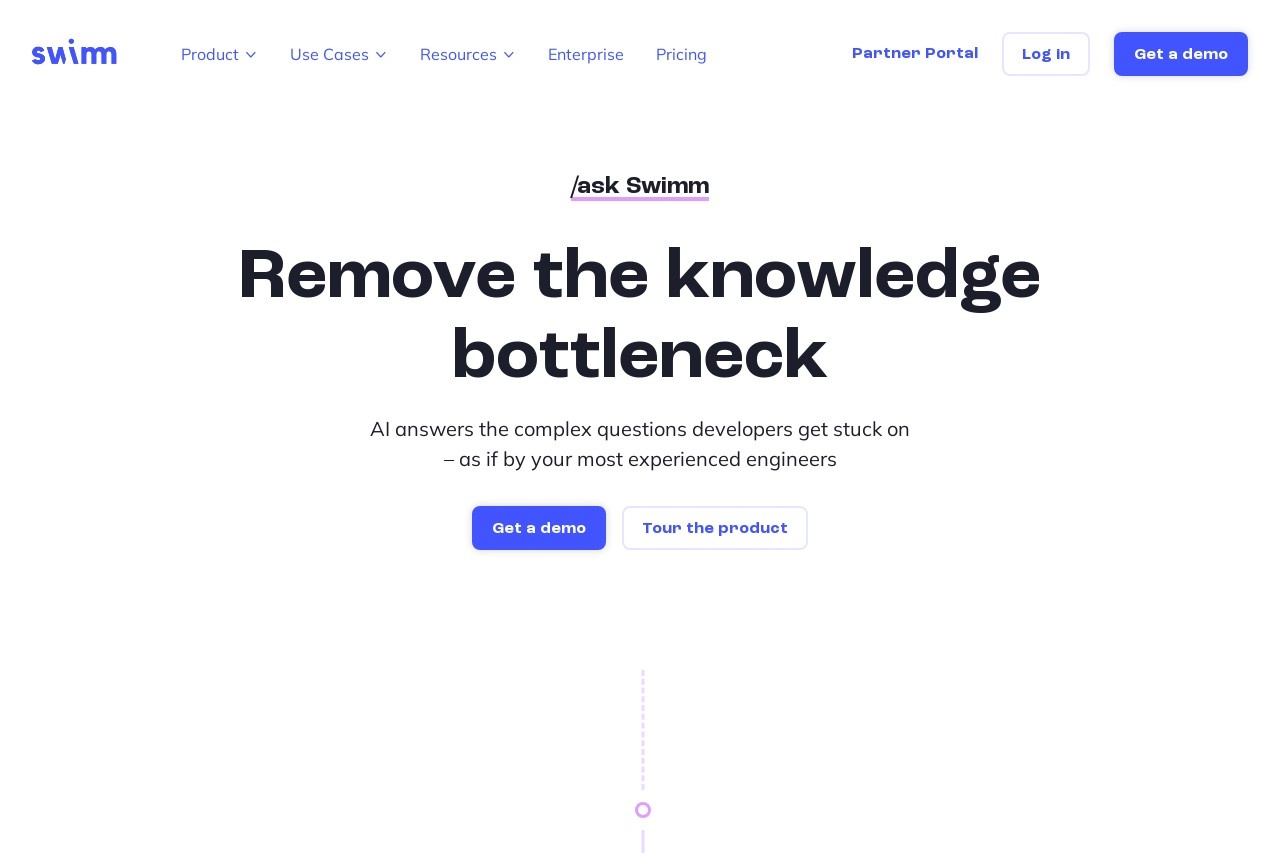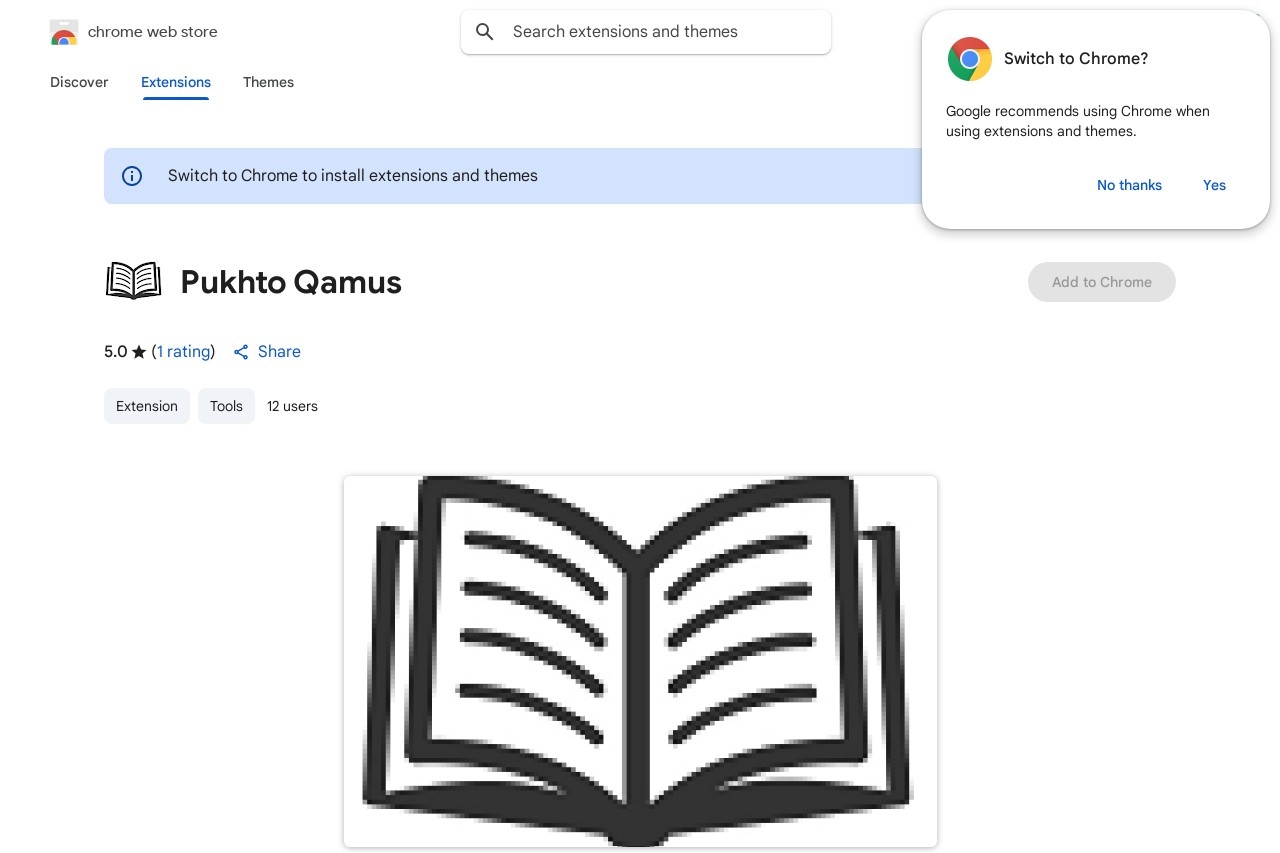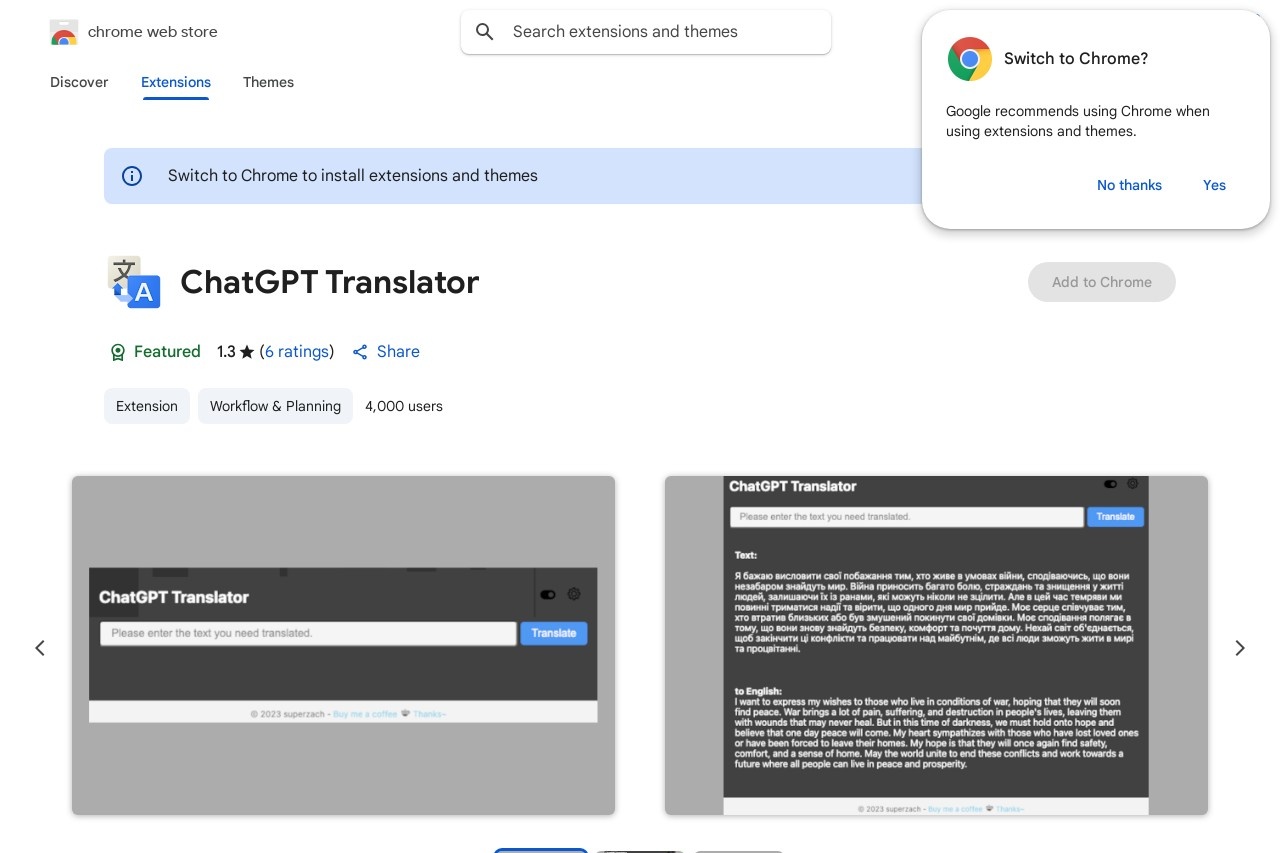inContext
inContext: Enhancing Language Learning Efficiency
Learning a new language can be challenging, but tools like inContext are designed to make the process smoother and more efficient. By focusing on real-world usage and contextual understanding, this approach helps learners grasp languages faster and retain knowledge longer.
How inContext Works
Unlike traditional methods that rely on memorization, inContext immerses learners in authentic language scenarios. Key features include:
- Contextual Learning: Words and phrases are taught within meaningful sentences or conversations.
- Real-Life Examples: Learners encounter language as it's used in everyday situations.
- Interactive Exercises: Practice activities reinforce understanding through application.
- Personalized Feedback: Immediate corrections help refine pronunciation and grammar.
Benefits of the inContext Approach
This method offers several advantages over rote learning:
- Faster Comprehension: Seeing words in context helps learners understand nuances and usage naturally.
- Improved Retention: Associating language with situations creates stronger memory connections.
- Practical Application: Learners gain skills they can immediately use in real conversations.
- Reduced Frustration: The natural learning process feels more intuitive and less like hard work.
Implementing inContext in Your Learning
To maximize the benefits of contextual learning:
- Start with topics relevant to your daily life
- Practice with authentic materials like news articles or videos
- Engage in conversations as early as possible
- Focus on understanding before perfecting grammar rules
By adopting the inContext approach, language learners can achieve fluency more efficiently while developing practical communication skills that last.

